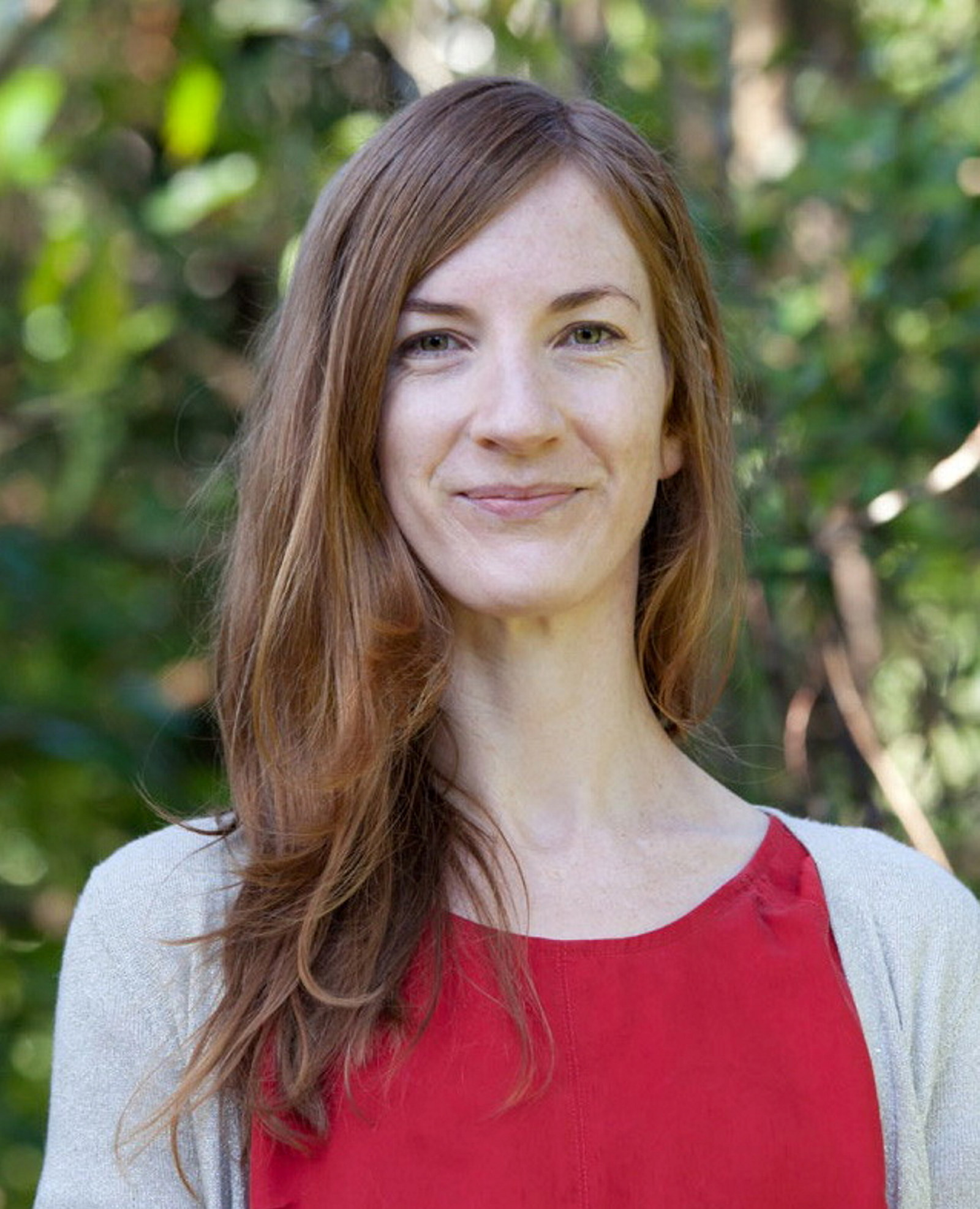In good hands
A week with the Gardens team shows historic garden conservation at its most hands-on.
It’s 7am on the first Monday of April, and at the Gardens team headquarters – a complex of sheds, lunchroom and greenhouse behind the stables at Vaucluse House – a light autumn drizzle is about to turn to torrential rain.
Despite the early hour and the inclement weather, the goats and chickens have already been fed, and the team’s two newest recruits, have taken the ute around the perimeter of the estate to empty the bins and check the grounds for weekend damage.
The team of six, led by a Horticultural Coordinator, care for almost all MHNSW gardens – from the humble, corrugated iron-fenced backyards at Susannah Place to the pleasure grounds at Vaucluse House; Meroogal, at Nowra, is tended by a local gardener.
All six are qualified horticulturists with diverse backgrounds in gardening. One began his career in the soft fruit orchards of Kent and the Isle of Wight’s vast hydroponic greenhouses, while Steve Goldsworthy, six years in the job, earned his horticultural stripes over two decades in Humpty Doo – a tiny town, just south of Darwin, whose lifeblood is its pastureland and mango plantations. ‘I don’t like being cooped up’, he says, elbow-deep in a wheelbarrow full of potting mix, a carefully calibrated blend of peat moss, vermiculite, perlite and slow-release fertilisers.
Although the team list everyday concerns such as water, weeds and pests, the most challenging part of the job is simply scale – the size and geographical spread of the properties. Mondays at Vaucluse are one of few constants in the team’s routine, which is often dictated by the weather, seasons and other uncontrollable factors. Today’s rain will only add to the tasks for the week. When it really pours, the team spends several days fixing the channels carved by water through the gravel paths and sandy soil. ‘I did this driveway and that one there on Friday’, says Steve Halliday. ‘They didn’t last a week.’
Ghosts of gardens past
Compared to lush, rain-sodden Vaucluse House, Rouse Hill House & Farm, a dry hillside on the Old Windsor Road some 50 kilometres to the north-west, might as well be a different planet. Blasted by brutally hot winds in the summer, on winter mornings it’s frosty enough for the gardeners to huddle around a log fire for their ‘mornos’. On this particular Tuesday the cows and bunyas in the lower paddocks peep through the fog, a real pea souper, as the team readies their equipment. Soon the din of four-stroke engines and horsepower drowns out the bellbirds. The all-terrain mower is expertly manoeuvred around a cotoneaster and a pile of rusting farm machinery.
The Gardens team responds to input from property curators and heritage staff about the presentation and care of each garden to preserve its unique character. At Rouse Hill, it’s startling to see how gardening in a heritage context differs from gardening at home, or even in a botanic garden or public park. In this timeworn garden, it means, counterintuitively, doing as little as possible. Starved of nutrients and moisture, a citrus tree with a single, blemished fruit is failing, conspicuously, to thrive. But it hangs on.
It’s often a fine balancing act between curatorial principles, horticultural practice and efficiency. The bougainvillea planted against a rustic wall should look relaxed rather than manicured, but leave it too long between prunings and the woody stems and vicious thorns become nearly unmanageable. Working around the fragile brickwork of the 200-year-old dish drains adds hours to the already time-consuming task of mowing the lawns and paddocks, a sweaty two-day job in the growing months. Winter offers a welcome respite from summer’s never-ending lawn care, and a chance to catch up on other tasks.
The gardener’s shadow
Wednesday at Elizabeth Farm, Parramatta, is an unseasonably hot day, but the hardiest plants – plumbago, brugmansia, heliotrope – are still blooming in the eastern garden. ‘We make sure every part of the garden gets water at least one day a week in summer’, says Anita Rayner, ‘and that seems to be enough to keep it going.’
Thursday is a whistlestop tidy-up at Susannah Place, in The Rocks, taming the fishbone ferns and lemongrass, remnants from a time when cuttings would have been exchanged over the choko vineclad fences along with neighbourhood gossip. This is one team member’s second time here, and he has his own family connection. ‘My grandfather grew up around here’, he says. ‘He organised card games– he was one of the first bookmakers in Sydney.’
Later, at Rose Seidler House, dark-eyed wallabies watch from the bush as a three-person team does a quick ‘mow, blow and go’. Keeping on top of leaves dropped by the encroaching eucalypts is a constant challenge, as is thwarting the mound-building efforts of a particularly determined brush turkey.
There’s no doubt it takes a special personality to do this job: a willingness to experiment and to accept a minor role in the workings of nature. ‘You have to be willing to keep trying if things don’t work’, says Anita. ‘As they say, the best thing for a garden is the gardener’s shadow. You just have to look after things. You have to put in the effort to get that reward.’
It’s demanding, physical work, with no end in sight, but for this team, the inheritors of a long and illustrious horticultural lineage, that’s part of its pleasure. ‘We don’t have to rush to get it done by 2 o’clock’, says Steve Halliday. ‘We take our time and do it properly and present it right.’
Published on
Plant your history
Browse all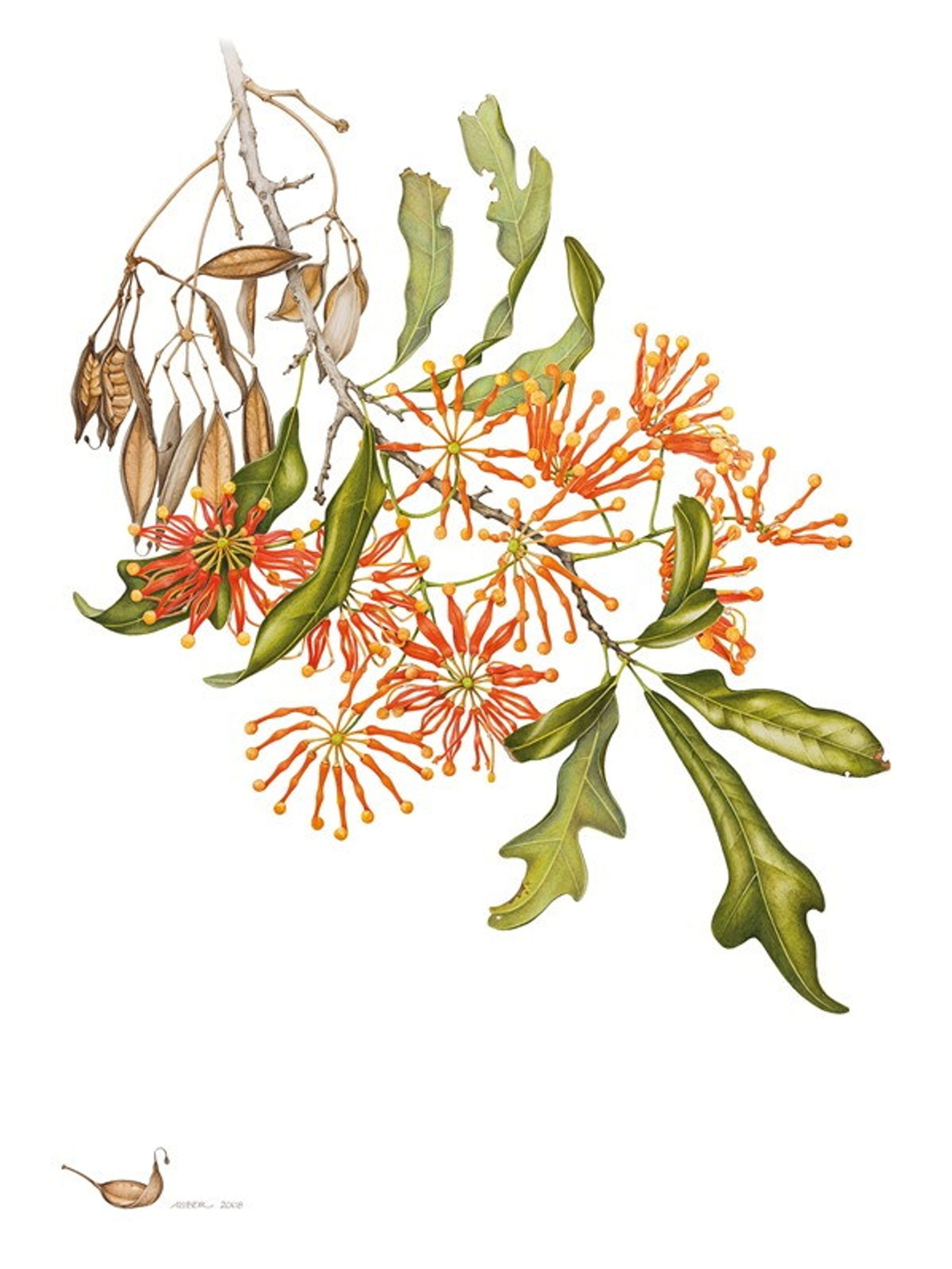
Florilegium plants
A gathering of flowers: the Florilegium collection
Finely detailed botanical artworks reveal the range of plants introduced to Sydney’s gardens over the past 200 years
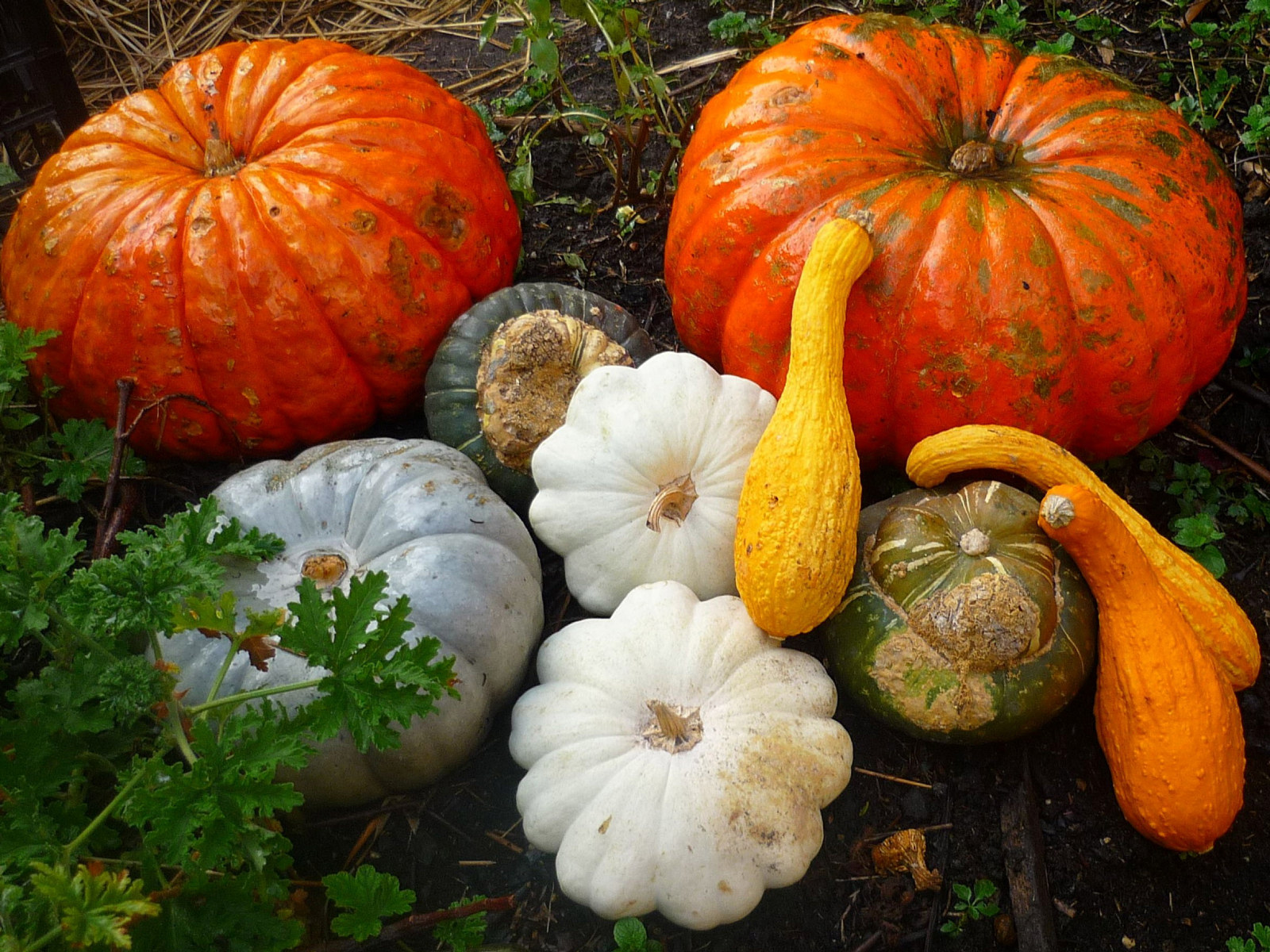
Plant your history
A harvest of melons and pumpkins
Learn how to care for your cucurbits with horticulturist Anita Rayner, read about the great watermelon heist of 1811 and discover some forgotten heirloom varieties
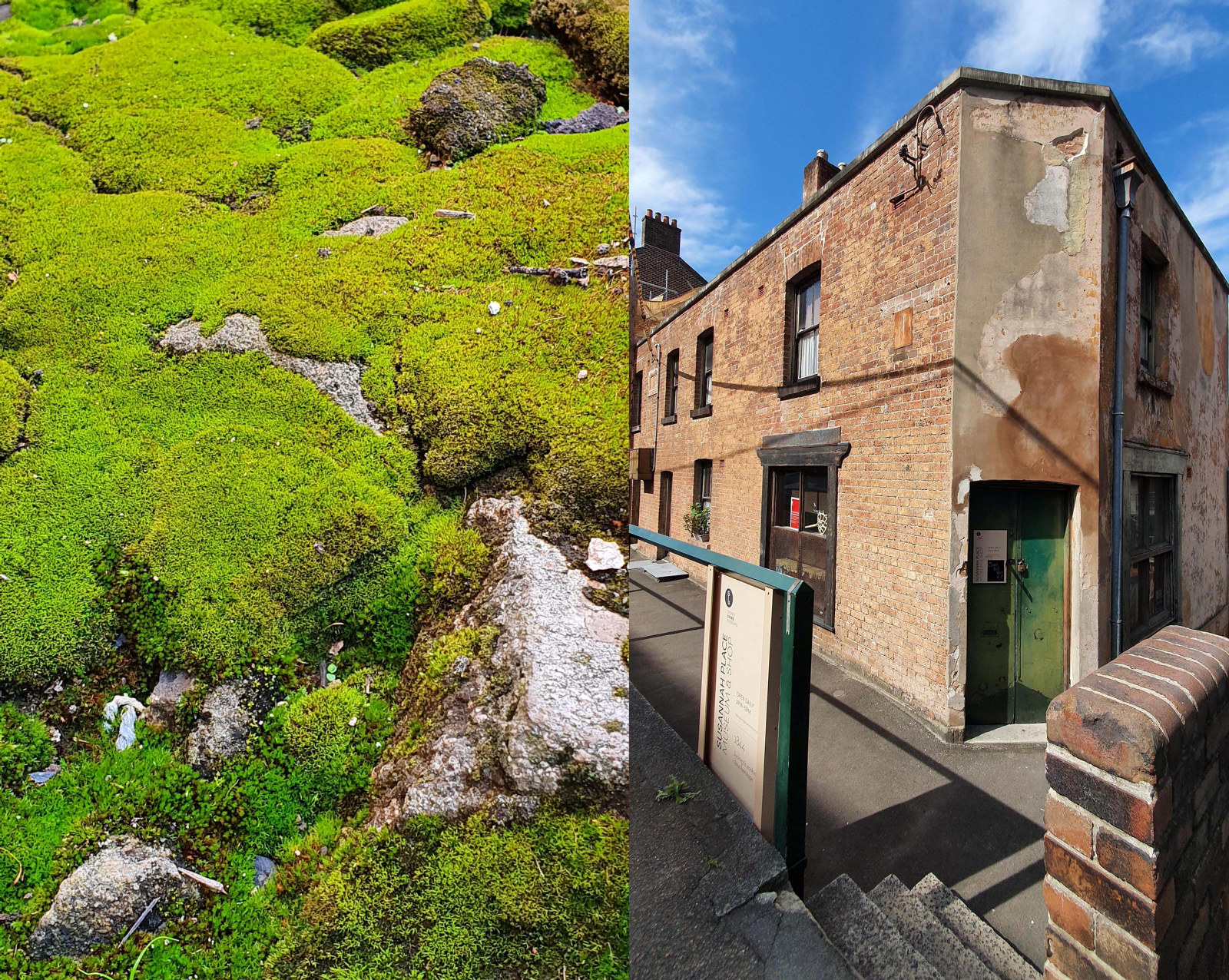
Plant your history
A mossy analogy for Susannah Place: small but mighty
Mosses are everywhere! They are small, mighty, unsung and inhabit the most unusual places. They can be found in all our museum outdoor spaces if one looks closely enough
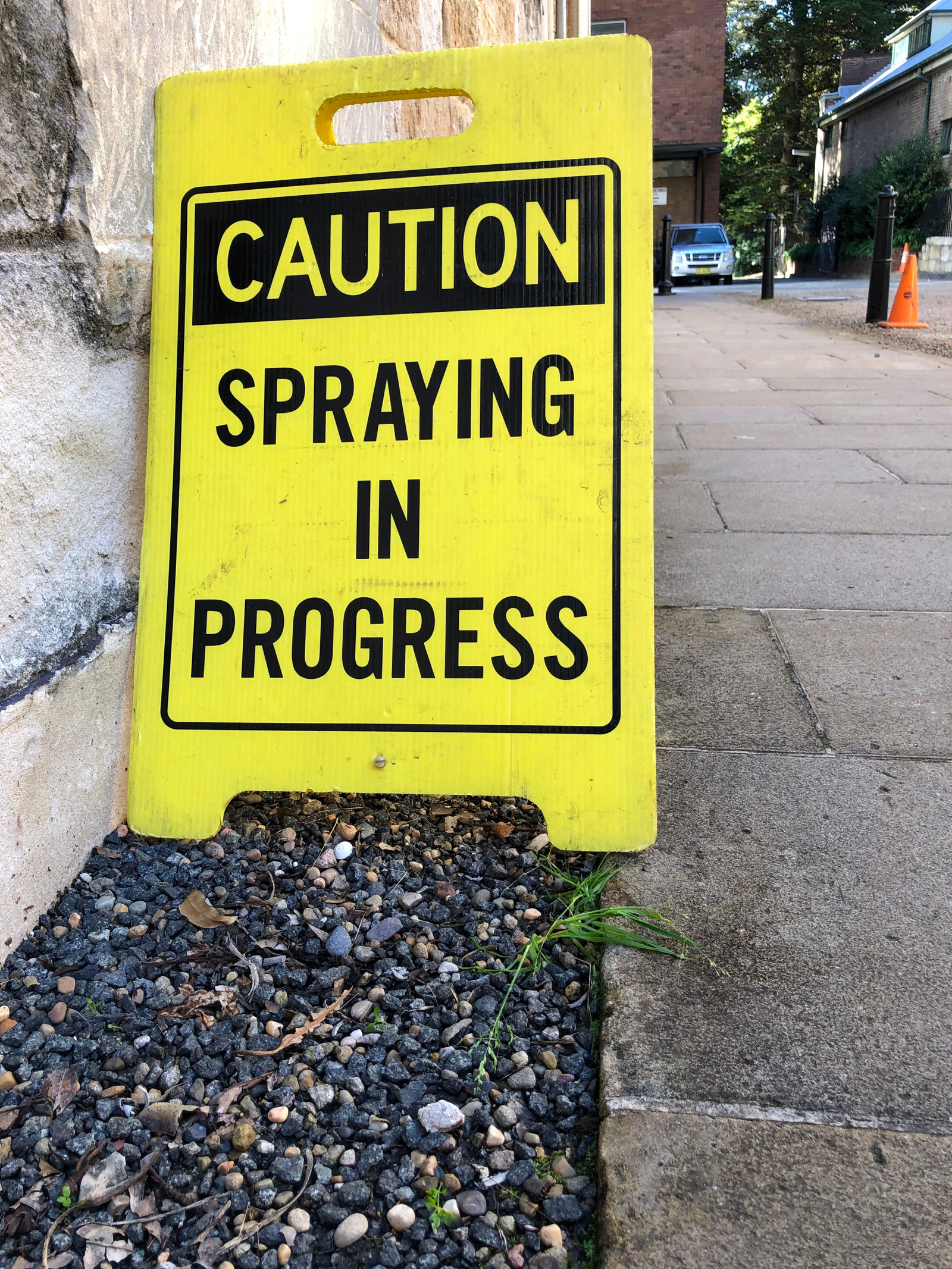
Plant your history
A new weapon in the war on weeds
A black and yellow sign warns me there is “Spraying in Progress”, and I wonder for a moment why no one is wearing a mask, or even gloves. But the dangerous looking mist enveloping these men is not what it seems
